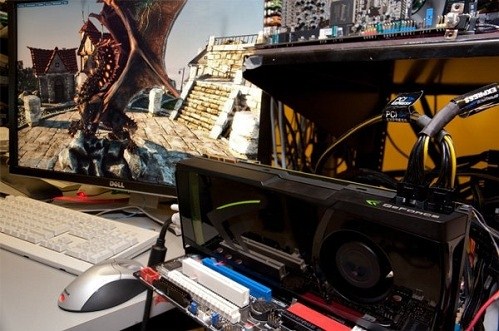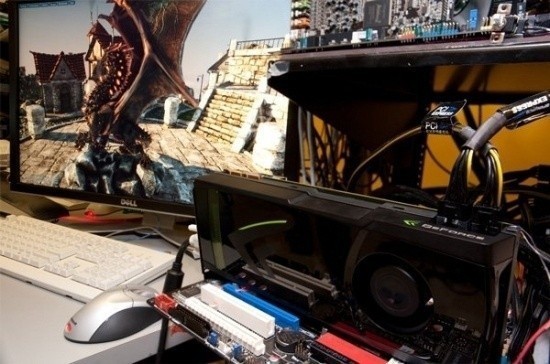Kylethedarkn
Senior Member
- Joined
- Jan 14, 2009
- Messages
- 501
Ok, that's good. Still gotta get that crazy vid card though. XDI bet you'll be fine with that Q6600 as they're pretty awesome chips in their own right...

I'm not sure, I want to get an ATI Radeon HD 5970, but on the other hand if the new Nvidia card is good and not too pricey, I would want the 3D goggle setup....decisions decisions.I'll be updating myself in Jan/Feb depending on prices... What you thinking of getting?

VERY nice Kemical!A very interesting read!
I haven't purchased a DX11 card yet as I'm giving the platform some time to mature but I have to say AMD has certainly come out swinging this time around..
It will be interesting to see what the next 6 months bring...




